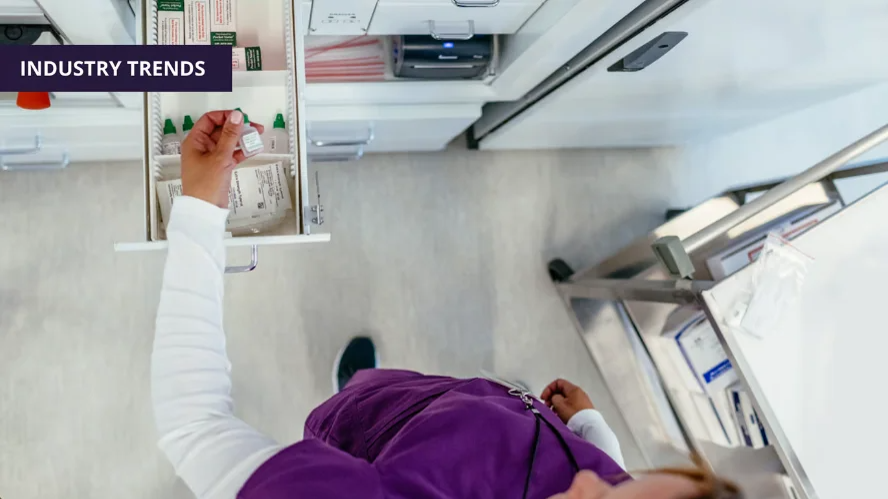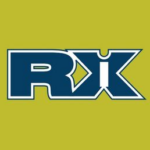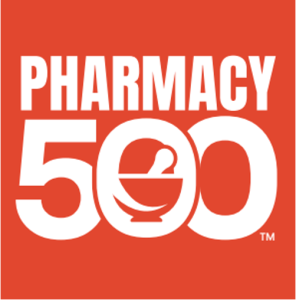Hospital Operations In The U.S.
Hospitals in the United States face a dynamic and distinct set of challenges. They must adhere to government regulations, tend to the life-saving needs of patients, support communities in times of disaster, limit liabilities, manage large inventories of medications, and turn a profit (or manage to cover operational expenses). It’s an intricate and delicate balance to say the least, but there’s also a great deal of potential. Value can be created by making care more sophisticated – which improves patient outcomes, and it can be created through maximizing internal processes or operations. However, the commonality between these notions is this: they’re driven by technology. In this piece, we explore how this is in practice in the U.S. healthcare system today.
1.) Electronic Health Records (EHR) Systems:
According to the Centers for Disease Control and Prevention (CDC), nearly 140 million Americans visited a hospital in 2021. Electronic Health Records (EHR) systems played a vital role in managing that data and enabling healthcare providers to serve patients based on the data and the real-time needs of the patients. The EHR also aids in follow up care and drastically reduces the administrative burden on the hospital. Read more >






